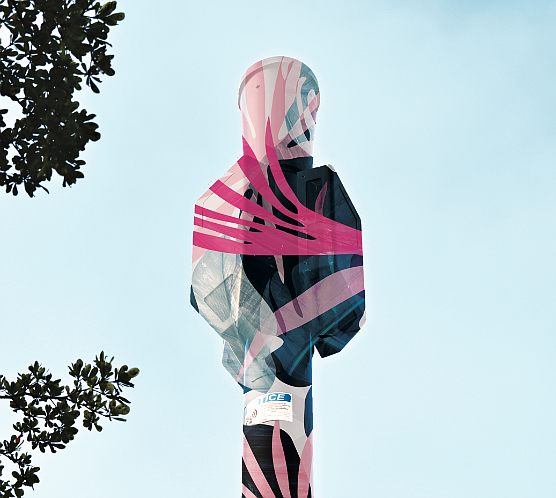- November 27, 2024
-
-
Loading

Loading

APRIL FOOLS -- A start-up wireless company last week pitched a plan to city leaders to bring up to six dozen artfully designed 5G cellular-service poles to neighborhoods not served by facilities often derisively referred to as “stealth Q-tips.’’
Fun for All 5G LLC of Mesa, Arizona, is seeking to erect a series of poles outside of downtown and then lease them to major wireless carriers. The company must first gain city approval to vary from design and appearance standards adopted in 2018 before the first two-story tall, flat black poles started going up in downtown and along the bayfront.
“We seek to bring a bit of whimsy and fun to something that some people call an eyesore,’’ Fun for All 5G CEO Comm Unicator told city leaders at a workshop meeting. “Sure, everyone wants to see kitten videos, get the latest news and scores, and even watch you ladies and gentlemen conduct the business of the city. But if you ask your residents, they would tell you those brooding monstrosities around town don’t do anyone any favors.
“We’re here to be the best of both worlds: superior connectivity in a package that people actually want in their neighborhoods.’’
Fun for All 5G documents filed with the city propose as many as 72 poles installed largely west of Tuttle Avenue and south of Fruitville Road, which Unicator called a “5G desert.” Among the designs proposed are poles that in the likeness of Kokopelli, a native American deity often depicted as a tall, slim flute player with braided hair, variations on totem poles or other tribal figures, or simply using existing designs but wrapped in flowery or paisley patterns. Exact locations would require a deeper, radio-frequency study of local conditions.
“People are cuckoo for Kokopelli,’’ Unicator said. “There’s a reason he’s found his way deep into the American culture, far from the American Southwest. Just driving in, I saw three of them in front of used car lots.’’
Local governments are limited in how they can regulate the installation of wireless facilities beyond basic regulations on micro sites versus much taller macro sites, basic appearance standards, heights and distances between each pole.
Wireless companies nationwide are shifting from a network that once relied on massive antennas to smaller but more numerous micro-cell poles. While Americans have generally supported the roll out of more capable networks, pushback has been on the rise over the installation of the often dark, forboding looking poles in neighborhoods and business districts.
“We’re only in the initial stages of conversation about this,’’ a city spokesman said on the condition of anonymity because he was not authorized to speak publicly about the negotiations. “But it does look promising.’’
Unicator told city leaders his company’s artful 5G poles average about 93% efficiency when compared to standard designs, owing to some technical compromises to accommodate the different looks, meaning “for every 14 standard poles, you’d need 15 of ours. But wouldn’t you rather look at 15 of ours than 14 of theirs?”
A timetable of when the proposal could be heard by the city’s Planning Board, and then by the full City Commission had not been ironed out following the workshop.